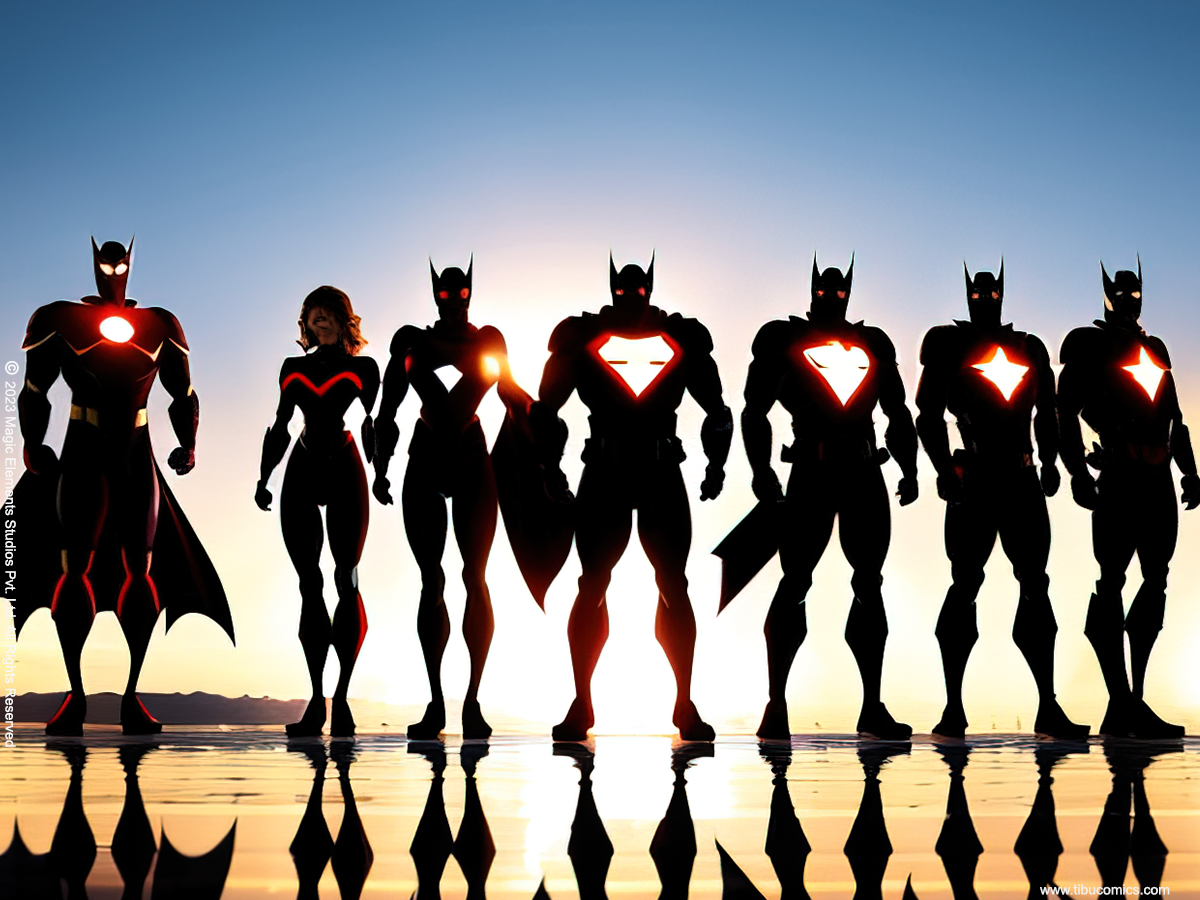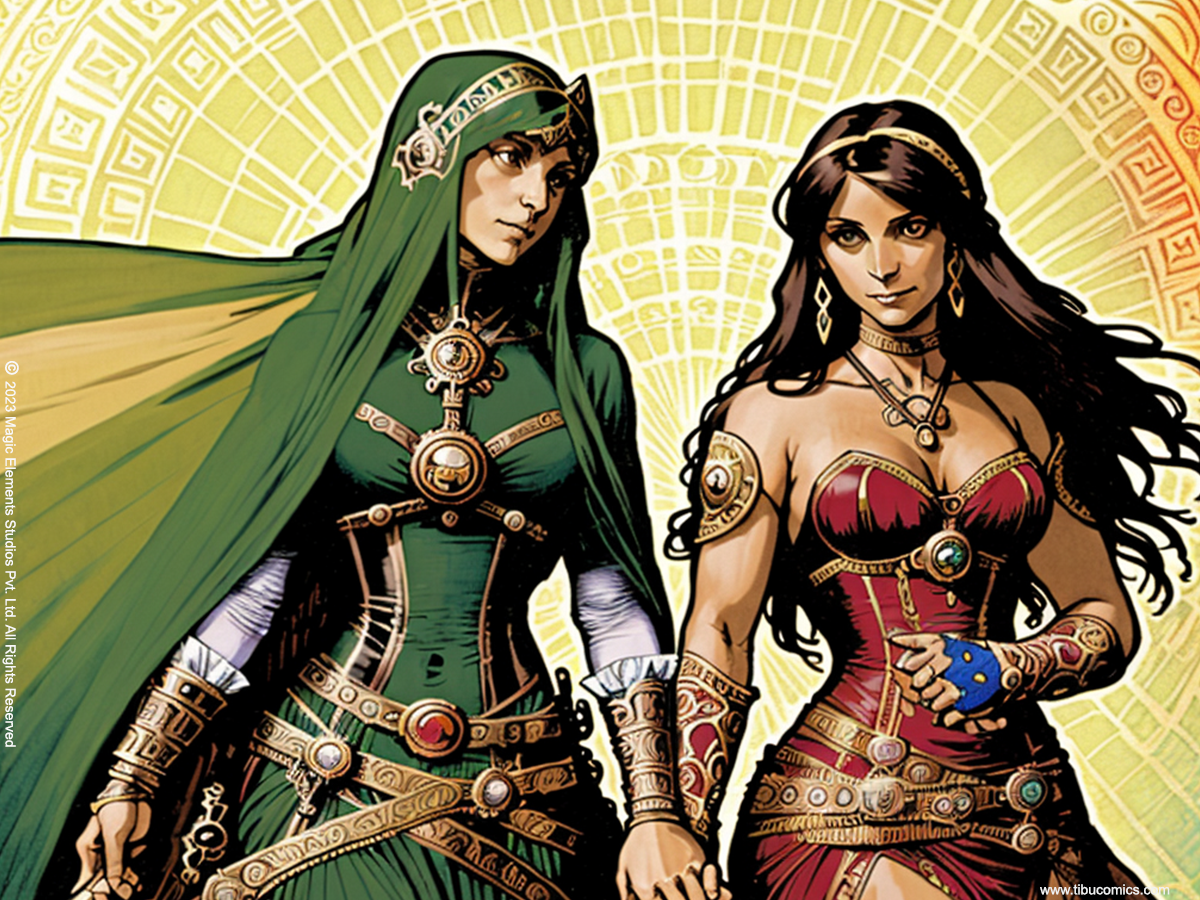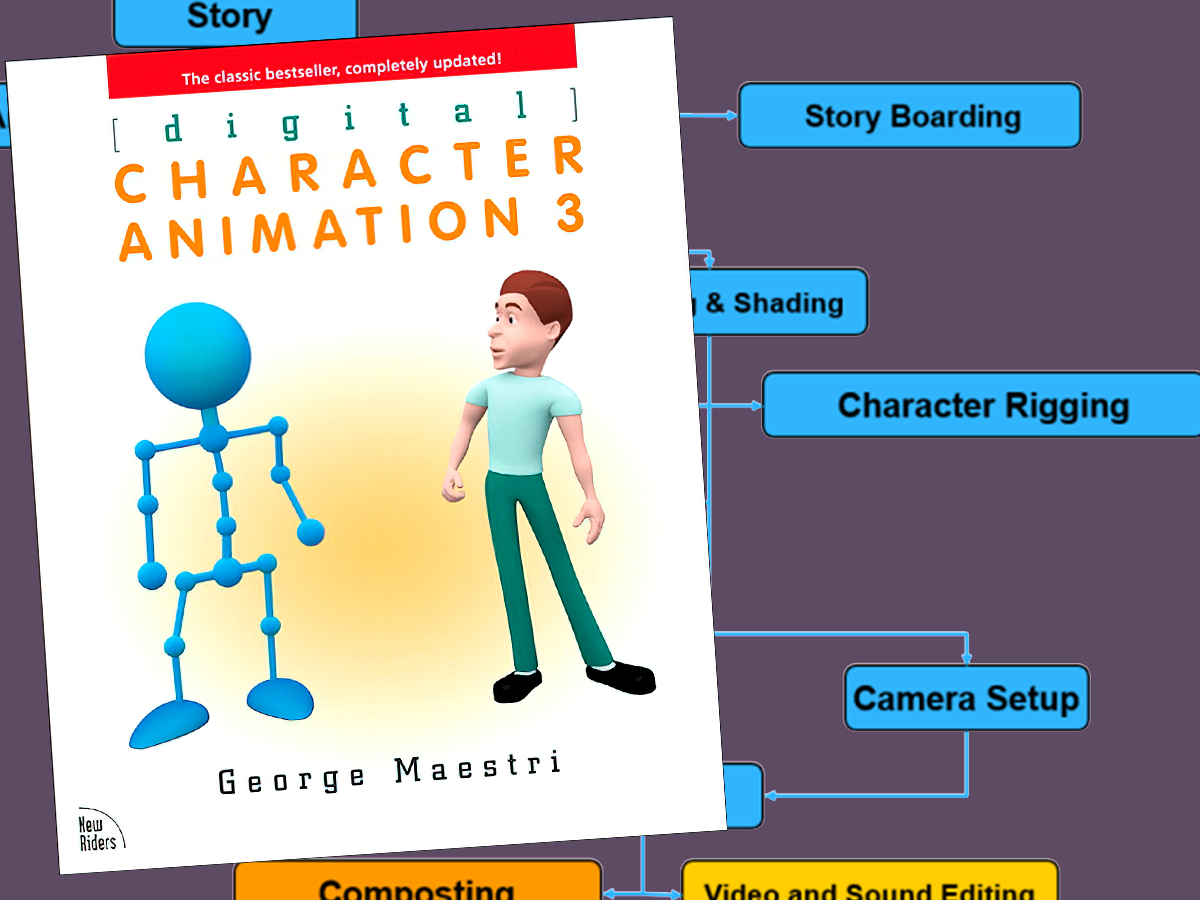
Unleash Your Inner Geek: Meet the Top 10 Superheroes You’ve Never Heard Of
2021-06-09
From Page to Screen: 10 Best Comic Book Adaptations You Need to See
2021-08-18If you are interested in digital character animation, “Digital Character Animation 3” by George Maestri is a must-have book in your collection.
This book covers the process of creating digital characters, including modeling, rigging, animation, and rendering, making it an essential guide for anyone interested in the field.
George Maestri is an experienced animator who has worked on several projects, including “The Simpsons” and “South Park.” In “Digital Character Animation 3,” he shares his knowledge and expertise on the process of creating digital characters in a clear and concise manner.
The book is organized into six sections, each covering a different aspect of digital character animation. The first section covers the basics of 3D modeling, including the tools and techniques used to create 3D models. The second section focuses on rigging, which involves adding a skeleton and controls to a 3D model to allow it to move realistically. The third section covers animation principles, including timing, spacing, and weight.
The fourth section is all about facial animation, which is a crucial aspect of creating believable and expressive characters. This section covers topics such as facial rigging, lip sync, and facial expressions. The fifth section covers the process of lighting and rendering a scene, which is essential for creating a visually stunning final product. The final section covers special effects, including particles and dynamics, which are used to create realistic simulations of things like smoke, fire, and water.
One of the strengths of “Digital Character Animation 3” is its step-by-step approach. The book includes plenty of screenshots and illustrations, making it easy to follow along with the tutorials. Each section builds upon the previous one, providing a solid foundation for anyone looking to create digital characters.
Another strength of the book is its focus on industry-standard software. The tutorials in the book use Autodesk Maya, which is one of the most widely used 3D animation software programs in the industry. By using Maya, readers can gain valuable experience with the software used by many professional animators.
Overall, “Digital Character Animation 3” is an excellent resource for anyone interested in digital character animation. Whether you are a student or a professional, the book provides valuable insights and techniques for creating compelling digital characters. If you want to create realistic and believable characters, this book is a must-have.




